Search Results
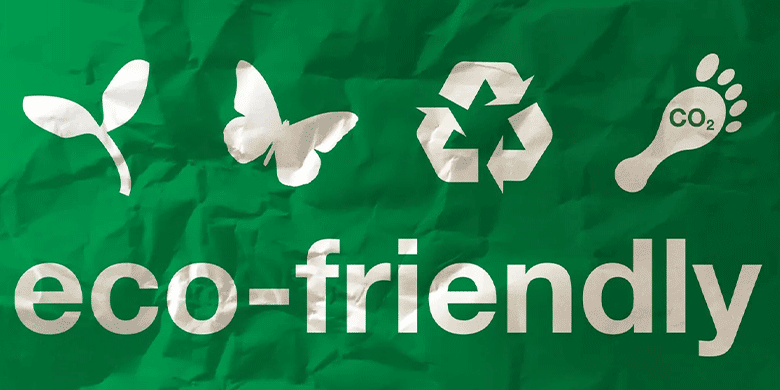
6 March, 2024
How to Make Your Promotional Campaign More Sustainable
The sustainability of promotional campaigns has become more critical than ever, especially in a world increasingly concerned about climate change, waste, and ethical business practices. Gone are the days when mass-produced, throwaway items could be used without a second thought. Businesses are now scrutinised for handling waste, source materials, and contributing to climate change. In light of this, here's a comprehensive guide on how to make your promotional campaign more sustainable.
Understand the Importance of Sustainability
Understanding the importance of sustainability goes beyond a mere trend-following exercise.
1) Brand Perception
Incorporating sustainable practices in your promotional campaign enhances brand perception, making your business more attractive to a growing segment of consumers who value eco-consciousness. Companies seen as actively reducing their environmental impact are generally viewed as more innovative and forward-thinking.
2) Customer Loyalty
Sustainability doesn't just attract customers—it keeps them. Consumers are more likely to remain loyal to a brand that demonstrates genuine concern for the planet. A customer who shares your sustainability values is more likely to become a repeat customer, hence increasing the lifetime value of that customer to your business.
3) Cost Savings
Though there might be an initial investment in adopting more sustainable practices, the long-term benefits often translate into cost savings. For example, using sustainable materials can reduce waste, thereby lowering waste disposal costs. Additionally, consumers are often willing to pay a premium for eco-friendly products, improving your profit margins.
Choose Eco-Friendly Materials
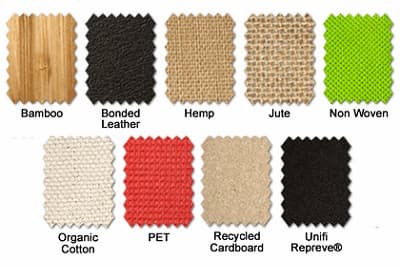
Selecting eco-friendly materials is a vital step in ensuring the sustainability of your promotional campaign.
1) Sustainable Fabric
Wearable items like custom t-shirts and hats present an excellent opportunity to use sustainable materials.
- Organic Cotton: Unlike traditional cotton, organic cotton is grown without harmful chemicals, making it better for both the environment and the end-users.
- Bamboo: Bamboo is a highly sustainable material due to its rapid growth and minimal need for pesticides or fertilisers. Bamboo fabrics are also biodegradable.
- Recycled Materials: Using recycled polyester or other recycled fabrics reduces waste and the need for virgin materials.
2) Recycled Plastic
- Biodegradable Plastics: These are made from natural materials like corn starch or sugarcane and break down more quickly than traditional plastics.
- Post-Consumer Recycled Plastic: Items made from post-consumer recycled plastics help reduce the demand for new plastic, thereby reducing the amount of waste in landfills.
3) Natural Wood and Metal
- Sustainably-Sourced Wood: Look for certifications like FSC (Forest Stewardship Council) to ensure the wood is sustainably sourced.
- Recycled Metals: Aluminum and steel are highly recyclable, making them a more sustainable option for promotional items.
- Low-Impact Metals: Some metals like titanium have a lower environmental impact in terms of extraction and processing.
Reduce Packaging Waste
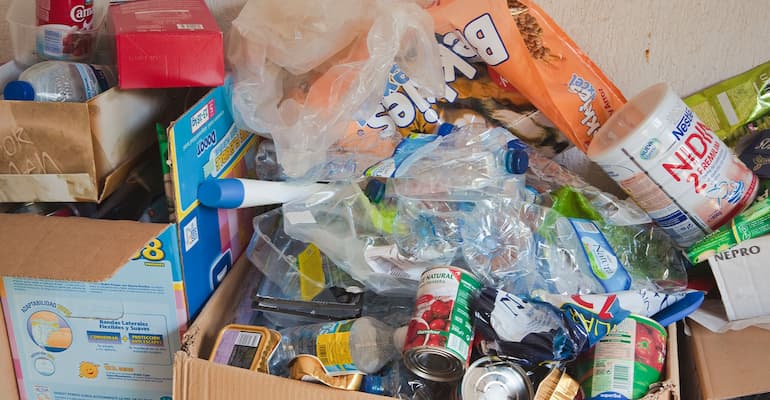
Packaging is often the unsung villain in a product's environmental impact. From the moment it leaves the factory to when it reaches the consumer, the packaging plays a crucial role not just in protecting your promotional items, but also in conveying your brand's commitment to sustainability. Here are some ways to ensure that your packaging aligns with your eco-friendly ambitions.
1) Minimalistic Packaging
The first rule of sustainable packaging is to use as little as possible. Excess packaging not only contributes to waste but also increases your shipping costs. By adopting a minimalistic approach, you can significantly reduce both costs and waste.
- Design: Streamline your packaging design to fit the product as snugly as possible, avoiding unnecessary layers or materials.
- Information: Limit the use of additional informational leaflets or cards; instead, print any necessary information directly on the packaging if feasible.
2) Reusable Packaging
Packaging that can be reused serves multiple purposes and offers additional value to the consumer.
- Multi-Functionality: Design packaging that can serve other functions once it has fulfilled its primary role. For example, a cloth bag that holds a promotional t-shirt can be reused for shopping.
- Quality Material: Use durable materials that can withstand multiple uses, encouraging consumers to keep and reuse them.
3) Compostable Packaging
If reusable packaging isn't feasible for your product, the next best option is to use compostable materials.
- Material Choices: Opt for natural materials like paper, cardboard, or plant-based plastics that break down more easily than synthetic options.
- Certification: Look for packaging materials that are certified compostable, guaranteeing that they break down in a reasonable time frame.
4) Consumer Education
It's essential to inform your consumers about how to dispose of the packaging properly.
- Instructions: Include clear instructions on how to recycle or compost the packaging, making it easier for consumers to dispose of it responsibly.
- QR Codes: Consider adding a QR code that links to a web page with more detailed information on how to recycle or compost the packaging material.
Consider the Lifecycle of the Product
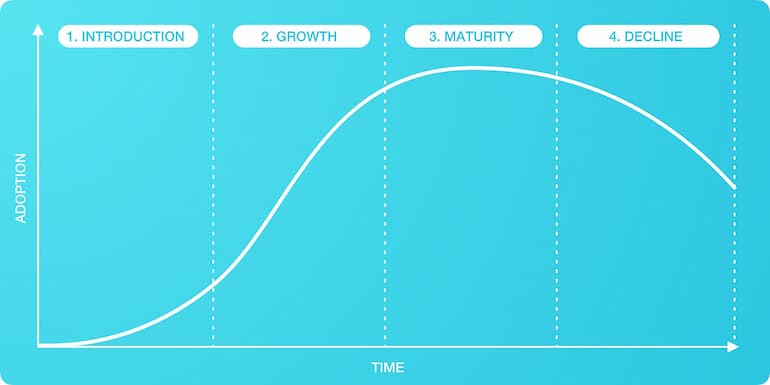
When planning a promotional campaign with sustainability in mind, the lifecycle of the promotional items you choose to distribute is a pivotal aspect that should not be overlooked. The lifecycle of a product encompasses everything from its manufacturing and usage to its eventual disposal. By considering each phase, you can make more informed decisions that align with both your marketing goals and sustainability commitments.
1) Production Phase
- Material Sourcing: Opt for products made from sustainable, recyclable, or biodegradable materials. These choices reduce the initial environmental footprint of the item.
- Energy-Intensive Manufacturing: Consider how much energy is consumed in the production of your promotional items. Some materials and processes are more energy-efficient than others.
2) Usage Phase
Longevity: Items like high-quality tote bags, stainless steel water bottles, or wooden utensils are designed to last, thereby extending their lifecycle. Long-lasting products reduce the frequency of replacement, lowering their overall environmental impact.
- Functionality: Choose items that are useful in daily life. The more frequently an item is used, the longer it remains a viable product and stays out of the waste stream.
- Maintenance: Consider how easy it is to maintain or repair the product. Products that are easy to clean, refill, or fix encourage longer use.
3) End-of-Life Phase
- Recyclability: At the end of their life, can the items be recycled? Materials like aluminium, glass, and some plastics have high recyclability rates.
- Biodegradability: If the item cannot be recycled, is it biodegradable? Products that naturally break down reduce landfill waste.
- Upcycling: Is there a secondary use for the item once it has fulfilled its initial purpose? For instance, a promotional tote bag could be repurposed as a grocery bag, extending its lifecycle.
Carbon Offsetting
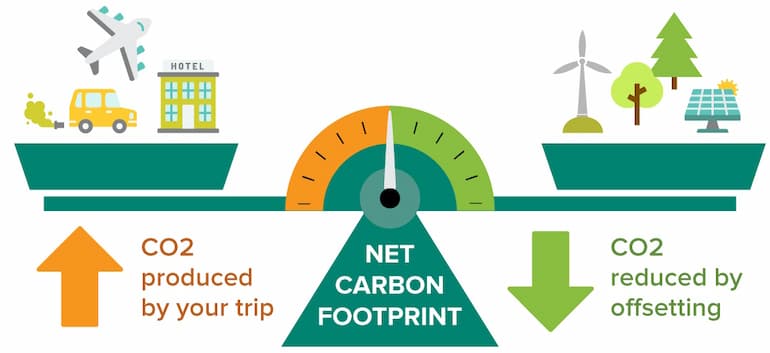
The concept of carbon offsetting is a proactive measure for businesses aiming to balance their carbon footprint. It can be a key part of your sustainability strategy, especially pertinent to promotional campaigns involving mass production, international shipping, or any other carbon-intensive activities.
Carbon offsetting involves calculating the amount of carbon dioxide emissions generated from a particular activity—like manufacturing or shipping promotional items—and then investing in projects that reduce or remove an equivalent amount of greenhouse gases from the atmosphere. These projects could range from renewable energy projects to afforestation or reforestation initiatives.
1) How to Implement Carbon Offsetting
- Calculate Emissions: The first step is calculating the total carbon emissions of your promotional campaign. This could be from the manufacturing process, transportation, or even the materials used.
- Select a Credible Offset Provider: Partner with reliable third-party companies that are certified to provide legitimate carbon offsetting services. These companies will typically offer a range of offset projects for you to choose from.
- Choose an Offset Project: Once you've selected an offset provider, you'll need to decide which type of project you'd like to invest in. This could be anything from a wind energy project in a developing country to a local reforestation project. Make sure that the project aligns with your brand's values and mission.
- Invest: Once you've chosen a project, the next step is to invest. The investment amount will depend on the volume of carbon you wish to offset. Usually, the offset provider will offer a per-tonne price for carbon offsetting.
- Verification and Certification: Ensure you obtain a certificate or documentation from the offset provider confirming the amount of carbon offset. This will be important for your records and transparency with stakeholders and customers.
- Communication: Don't underestimate the value of effectively communicating your efforts to your audience. It could be a pivotal selling point for eco-conscious customers and strengthen your brand's commitment to sustainability.
2) Additional Considerations
- Local vs Global: Some businesses prefer investing in local projects to benefit their immediate community, while others opt for global projects that may offer more significant carbon offsetting capacities.
- Continuous Effort: It isn't a one-time activity but should be a part of your ongoing sustainability efforts. The more you can integrate it into your long-term sustainability strategy, the more impactful it will be.
Go Digital When Possible
The shift towards digital promotional items is more than just a technological trend—it's a move towards greater sustainability. Here are the benefits and considerations of choosing digital alternatives for your promotional campaign.
1) The Environmental Perks
- Zero Waste: Unlike physical promotional items, digital goods don't contribute to landfill waste. There is nothing to throw away when the user no longer needs it, making it a more sustainable option.
- No Emissions from Transportation: They can be delivered to the recipient's inbox or smartphone instantaneously, eliminating the need for shipping and, therefore, reducing the carbon footprint associated with transportation.
- Reduced Manufacturing Impact: Since digital items don't require physical materials, the environmental cost of production—often a mixture of carbon emissions, water usage, and waste—is negated.
2) Effectiveness and Reach
- Global Accessibility: One of the considerable advantages is they can be sent and received anywhere around the globe, instantly widening your campaign's potential reach without environmental detriment.
- Targeted and Personalised: They allow for a higher degree of customisation and personalisation, often leading to increased engagement.
- Measurability: Digital formats offer the unique advantage of being easily trackable, giving you instant feedback on the effectiveness of your campaign.
3) Types of Digital Promotional Items
- eBooks and Whitepapers: If your goal is to educate your audience, offering a digital book or a comprehensive guide can be an excellent choice.
- Digital Coupons or Gift Cards: These are always popular and can lead to immediate sales, or at least bring traffic to your website or online store.
- Webinars and Online Courses: Providing educational value can position your brand as an industry leader while being completely digital and sustainable.
4) Considerations
- Audience Preference: Before making the leap to digital, it's crucial to understand whether your target audience will value a digital item as much as a physical one.
- Tech-Savvy: While it is generally a more inclusive strategy, it could alienate a less tech-savvy audience.
- Brand Fit: Ensure it fits with your brand image and messaging. For some businesses, the tangibility of a physical item might carry more weight in conveying their brand's essence.
Verify Supplier Credentials
When planning a promotional campaign focused on sustainability, the responsibility doesn't end at selecting eco-friendly products; it also extends to your choice of suppliers. Verifying the credentials of suppliers is crucial for multiple reasons, including ethical considerations, environmental impact, and the potential influence on your brand's reputation. Here's why this step is vital and how you can go about it.
1) Ethical and Environmental Responsibility
- Transparency: Suppliers with proper certifications usually have transparent supply chains. You'll know where the raw materials are coming from and how they are sourced, ensuring that they align with ethical and sustainable practices.
- Reduced Environmental Footprint: Certified suppliers are more likely to use manufacturing processes that have a lower environmental impact, including reduced energy and water consumption, and less waste.
- Fair Labour Practices: Suppliers with ethical certifications adhere to fair labour practices, including humane working conditions, fair wages, and no child labour.
2) Impact on Brand Reputation
- Enhanced Brand Value: Associating with suppliers that are certified for ethical and environmental practices adds to your brand's reputation for social responsibility.
- Customer Trust: In an era where consumers are more informed and conscious of sustainability, sourcing your items from a reputable supplier can foster greater trust.
- Risk Mitigation: Partnering with a certified supplier minimises the risk of public relations disasters that can arise from unethical or unsustainable practices.
3) How to Verify Supplier Credentials
- Ask for Certifications: Look for suppliers who hold reputable certifications such as ISO 14001 for environmental management, Fair Trade, or B Corp Certification, which takes into account the entire business's social and environmental performance.
- Third-Party Audits: Don't hesitate to ask for results of third-party audits or even consider having one conducted to confirm the supplier's practices.
- Visit the Supplier: A site visit can offer invaluable insights into the supplier's operations and commitment to sustainable practices if feasible.
- Check References: Reach out to other companies that have worked with the supplier to hear about their experiences, focusing on the supplier's reliability and commitment to ethical practices.
- Online Research: Platforms such as EcoVadis or Sedex can offer valuable information on a supplier's sustainability metrics.
Educate and Engage the Customer

You can use this opportunity to impart valuable knowledge, thereby fostering responsible behaviour among your customers. This approach can significantly amplify the impact of your sustainability efforts. Here's how you can make education and engagement a core part of your campaign.
1) Importance of Education
- Value-Added Experience: Providing educational information turns a promotional item into a value-added experience, offering more than just a physical product.
- Long-Term Impact: Educating customers on sustainability issues can contribute to long-term behavioural change, extending the impact of your campaign beyond the immediate.
- Brand Affinity: When you help customers understand and solve a problem, it builds brand loyalty. People appreciate brands that add value to their lives beyond the transactional.
2) Ways to Educate
- Informational Inserts: Include a small pamphlet or card with your promotional item detailing its sustainable aspects, from materials used to ethical manufacturing practices.
- QR Codes: Print a QR code on the item or its packaging that leads to an informative webpage or video, explaining the importance of sustainable practices and how the customer can contribute.
- Interactive Workshops: Host workshops or webinars on sustainability topics related to your promotional item. For instance, if you're giving away reusable water bottles, a workshop on the impact of single-use plastics could be illuminating.
3) Engaging the Customer
- Social Media Challenges: Create interactive social media campaigns encouraging customers to share how they are using your product in their daily lives. This not only engages the customer but also serves as organic marketing.
- Feedback Loops: Offer incentives for customers to provide feedback, making them feel part of the brand's journey towards sustainability.
- Collaborative Campaigns: Partner with environmental NGOs to amplify the reach and credibility of your educational efforts. This lends more weight to your campaign and allows you to engage with your customers on a broader platform.
Conclusion
Making your promotional campaign sustainable may require an initial investment of time and resources, but the long-term benefits for both your business and the planet are invaluable. By choosing eco-friendly materials, reducing waste, and considering the lifecycle of your promotional items, you can make a significant positive impact. And as customers continue to value businesses that take steps towards sustainability, you'll find that your efforts contribute to a greener planet and a healthier bottom line.
The PromotionsOnly Team

